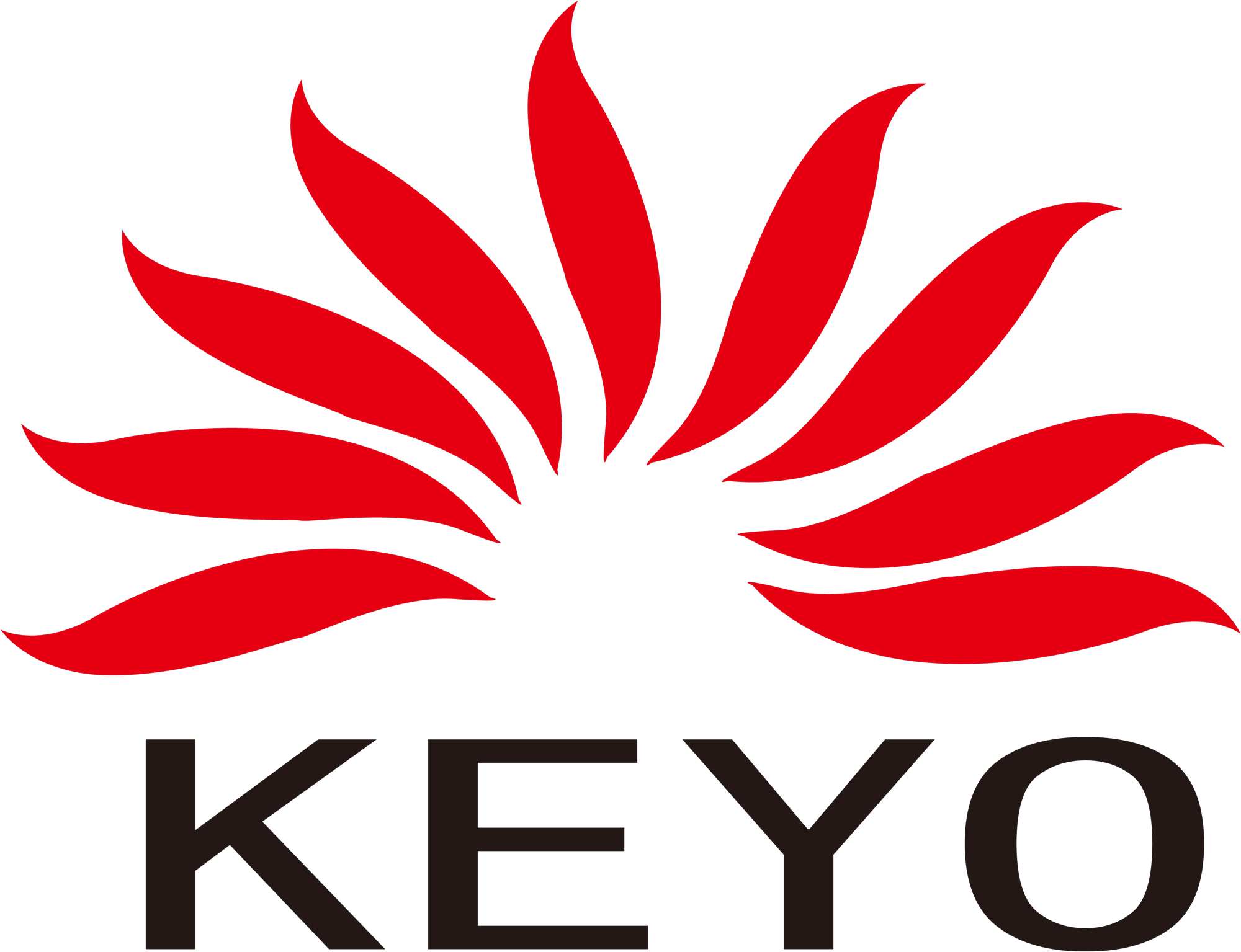In-Depth Analysis of BBQ Grill Materials and Surface Treatment Technologies
(Ⅰ) Introduction
Charcoal grills is the most important equipment for outdoor cooking. The materials and surface treatments of charcoal grill will directly determine their safety, insulation, durability, and the user experience. How do people usually choose a BBQ grill? This article introduce to you for how to choose the grill materials, including cast iron, carbon steel, ceramic, ss steel, and surface treatment technologies, including chrome plating, porcelain enamel, etc. from a professional perspective, comparing their pros, cons, and costs to guide consumers in making informed purchasing decisions.
(Ⅱ) Material Characteristics and Comparison
1. Stainless Steel
Pros:
- Strong corrosion resistance (especially Grade 304), lightweight, and easy to clean.
- Excellent oxidation resistance for long-term outdoor use.
Cons:
- Poor heat retention; may oxidize locally under high temperatures.
- Higher cost (Grade 304 is 30%-50% more expensive than 430).
Applications: Mid-to-high-end charcoal grill and gas grill frames or combustion chambers.
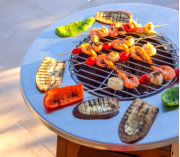
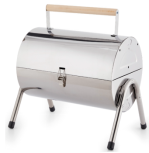
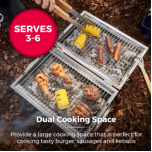
2. Cast Iron
Pros:
- Superior heat retention for low-and-slow cooking.
- High-temperature resistance (>1000°C) and long lifespan.
Cons:
- Heavyweight (difficult to move); prone to rust without maintenance.
- Higher cost (20%-40% more expensive than stainless steel).
Applications: Professional-grade grates or grill plancha surfaces.
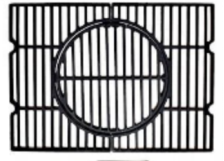
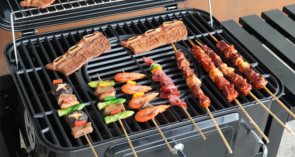
3. Carbon Steel
Pros:
- Low cost and high hardness for short-term use.
- Different surface treatment will extend it’s corrosion resistance
Cons: Poor oxidation resistance; corrodes quickly in humid environments. But, surface treatment will solve this problem.
Applications: Entry-level like barral grill, kettle grill, table top grill for family use.
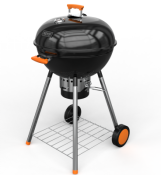
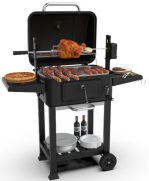
4. Ceramic
Pros: Natural coating-free design with excellent heat retention for healthy cooking.
Cons: Fragile, heavyweight, and expensive.
Applications: High-end barbecue smoker or charcoal grill (e.g., Kamado-style grills).
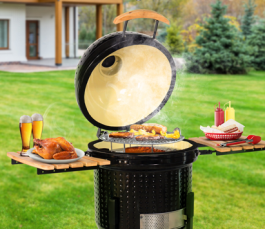
(Ⅲ) Surface Treatment Technologies
1. Porcelain Enamel
Pros:
- Corrosion-resistant, non-stick, easy to clean; lifespan up to 10 years.
- Complies with food-grade safety standards.
Cons: Underlying metal rusts if coating cracks; high repair cost.
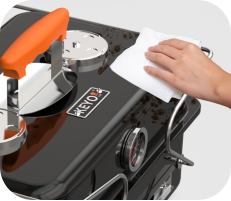
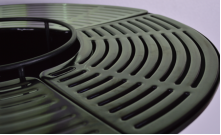
2. Chrome Plating
Pros: Enhances surface finish; rust-proof and wear-resistant. Uselly used on the grid, like table top grill grid, kettle grill grid.
Cons: Prone to peeling at high temperatures (>400°C); environmental concerns.


3. Anodizing
Pros: Lightweight, wear-resistant, and corrosion-resistant (ideal for aluminum).
Cons: Limited heat resistance (>200°C causes failure).
4. High-Temperature Paint
Pros: Preferred for colorful exteriors of kettle grill and small charcoal grill with cost efficiency.
Cons: Prone to peeling; may emit odors over time.

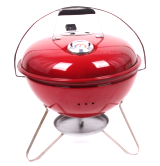
(Ⅳ) Purchasing and Maintenance Tips
Purchasing Priority:
1. Durability: Particularly crucial for best BBQ charcoal grill users requiring sustained heat.
Porcelain-enameled stainless steel > cast iron > ceramic > carbon steel.
2. Cost-effectiveness: Porcelain Enamel models ideal for normal family, with different items like barrel grill, kettle grill, small charcoal grill.
Chrome-plated carbon steel > high-temperature-painted carbon steel > anodized aluminum.
(Ⅴ) Maintenance Tips:
Clean ash regularly; avoid acidic cleaners.
Oil cast iron parts; apply rust inhibitors to carbon steel.
(Ⅵ) Conclusion
For most users, porcelain-enameled Grade 304 stainless steel offers the best balance of safety and low maintenance. Professional users may prioritize cast iron or ceramic materials. The grill plancha enthusiasts will find cast iron's heat retention irreplaceable. Surface treatments should align with usage scenarios—e.g., porcelain enamel for heavy outdoor use, chrome plating for short-term portability. Scientific selection and regular maintenance significantly extend grill lifespan.
